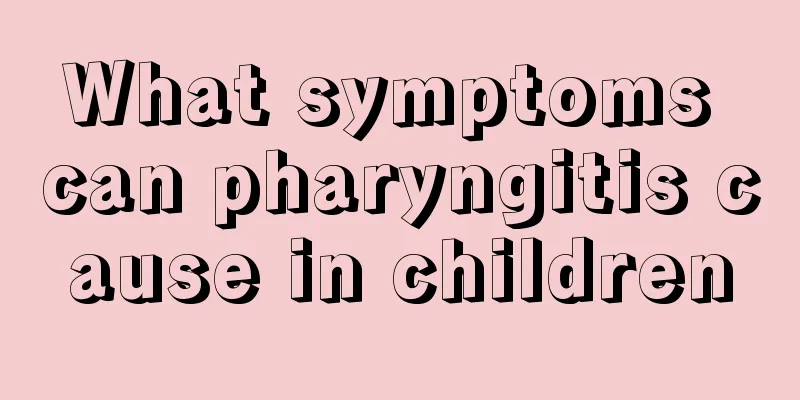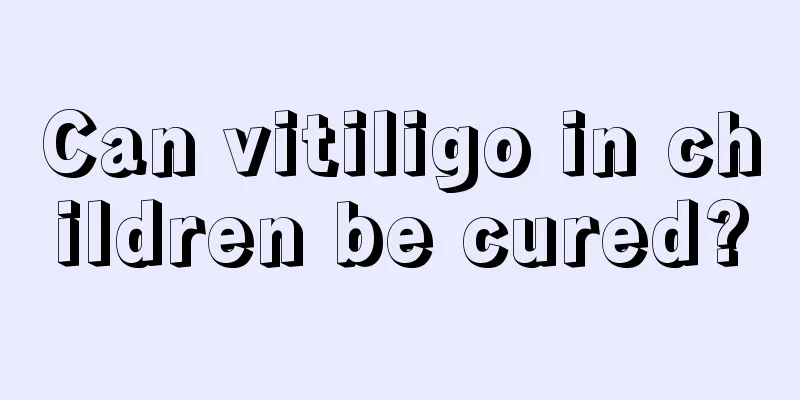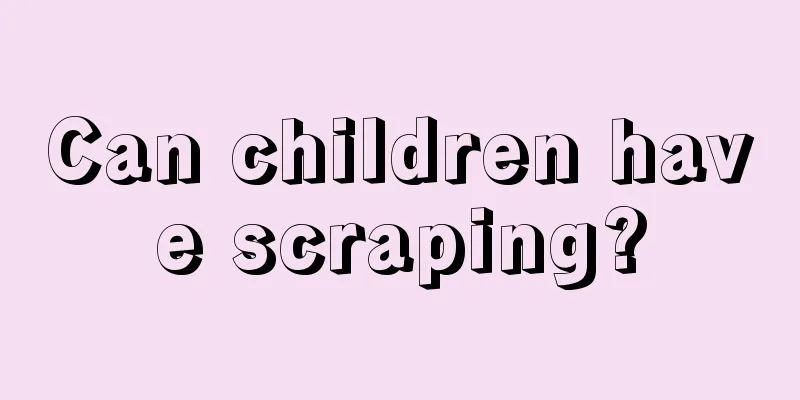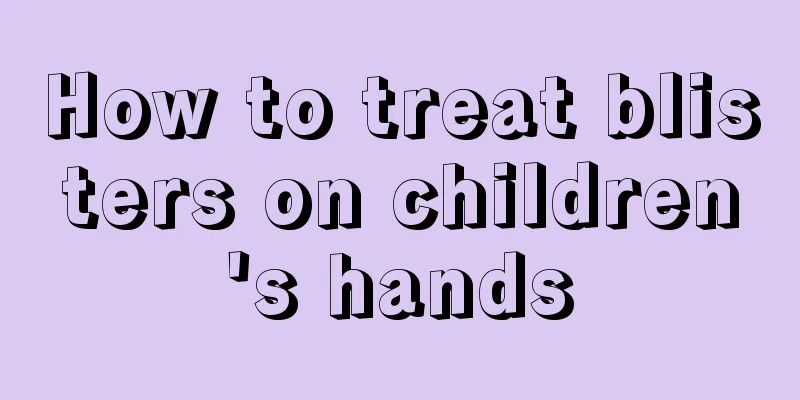What symptoms can pharyngitis cause in children

|
Herpetic pharyngitis in children most often occurs in summer and autumn. It is a relatively common type of viral pharyngitis. When it occurs, it has a strong epidemic tendency. After contracting the disease, herpes may occur in addition to the child's pharynx, the oral mucosa. Sometimes many parents confuse children's pharyngitis with colds, which can easily delay treatment. Therefore, when children become ill, they should go to the hospital for treatment in time. 1. Symptoms The onset is acute, with symptoms such as high fever, sore throat, irritability, drooling, anorexia, vomiting, general malaise, difficulty swallowing, mental depression and convulsions. If this disease occurs alone, there are often no systemic symptoms. Infants and young children often cry and make noise during feedings and are unwilling to eat. 2. Physical signs Physical examination may reveal congestion in the pharynx. Several to dozens of grayish-white blisters measuring 2 to 4 mm in size may be seen on the mucosa of the pharyngeal palate arch, soft palate, and uvula. They are surrounded by red halos and rupture after 1 to 2 days to form small ulcers covered with a light yellow or white pseudomembrane. Herpes can also occur in other areas of the mouth. There may be submandibular lymphadenopathy with tenderness. The course of the disease is about 1 week. Nursing strategies for herpetic pharyngitis : 1. Herpetic pharyngitis causes obvious oral pain, and most children with the disease refuse to eat. Attention should be paid to nutritional supplements for children. Food should not be overheated and should be light, non-greasy, and nutritious. Intravenous nutritional mixtures can be used when eating is difficult. 2. To prevent secondary infection Use local analgesics and antiviral drugs, and be sure to pay attention to oral hygiene. The utensils used by the sick children must be disinfected with boiling water to avoid infection. 3. Avoid eating spicy food Such as sour, sweet, spicy, salty, hot, hard, etc., to avoid irritating the ulcerated area in the mouth and causing pain. 4. Diet therapy You can take 100 grams of mung beans, 50 grams of bitter gourd, 150 grams of coix seeds and 100 grams of rice to cook porridge. After cooling, give the child an appropriate amount. Remark : The Coxsackie virus that causes herpangina is also the virus that causes hand, foot and mouth disease. Therefore, young children in childcare institutions who develop the disease should be isolated and treated. Ways to reduce discomfort : Pay attention to oral hygiene and keep your mouth clean. You can gargle with light salt water, apply 10% silver nitrate to the ulcer, or blow throat pills, Bingpengsan, etc. into the throat to relieve sore throat symptoms. Take vitamin C and B orally. Antibiotics are not effective for viral pharyngitis. However, if fever occurs, antibiotics should be given to control secondary bacterial infection. |
<<: What is the standard for children's hypertension?
>>: What are the emergency care methods for young children?
Recommend
How to reduce the swelling when a child hits his head?
Each of us has been through childhood, and childh...
What is the reason for the red bumps on children's bodies?
Children's health has always been a matter of...
Is bronchopneumonia serious in children?
Bronchopneumonia is a very common respiratory dis...
Does anyone know how to treat cerebral palsy in premature babies?
How to treat premature infant cerebral palsy is a...
Children's potential development
When children are in the growth stage, we need to...
What should I do if my baby has prickly heat?
The summer heat makes everyone feel uncomfortable...
What to do if your baby has nail ulcer?
Long nails are prone to harboring dirt and breedi...
Causes and treatment of scleredema in children
Newborn babies are weak and have insufficient res...
What should I do if my baby has phlegm in his throat at 15 days old?
There must be a reason why the baby has phlegm in...
The 7 types of dads most likely to ruin their children, are you one of them?
1. Parents place too high expectations on their c...
Why is my two-year-old baby retching?
The baby's stomach is more sensitive, and foo...
The suitable temperature for infants to drink milk powder
We all know that newborn babies should pay more a...
What causes redness and swelling of the glans in children?
Parents often find that their children always hav...
Early symptoms of tuberculosis in children
Tuberculosis in children is a relatively serious ...
Dosage of Ambroxol for Children
The product is mainly aimed at patients with abno...









